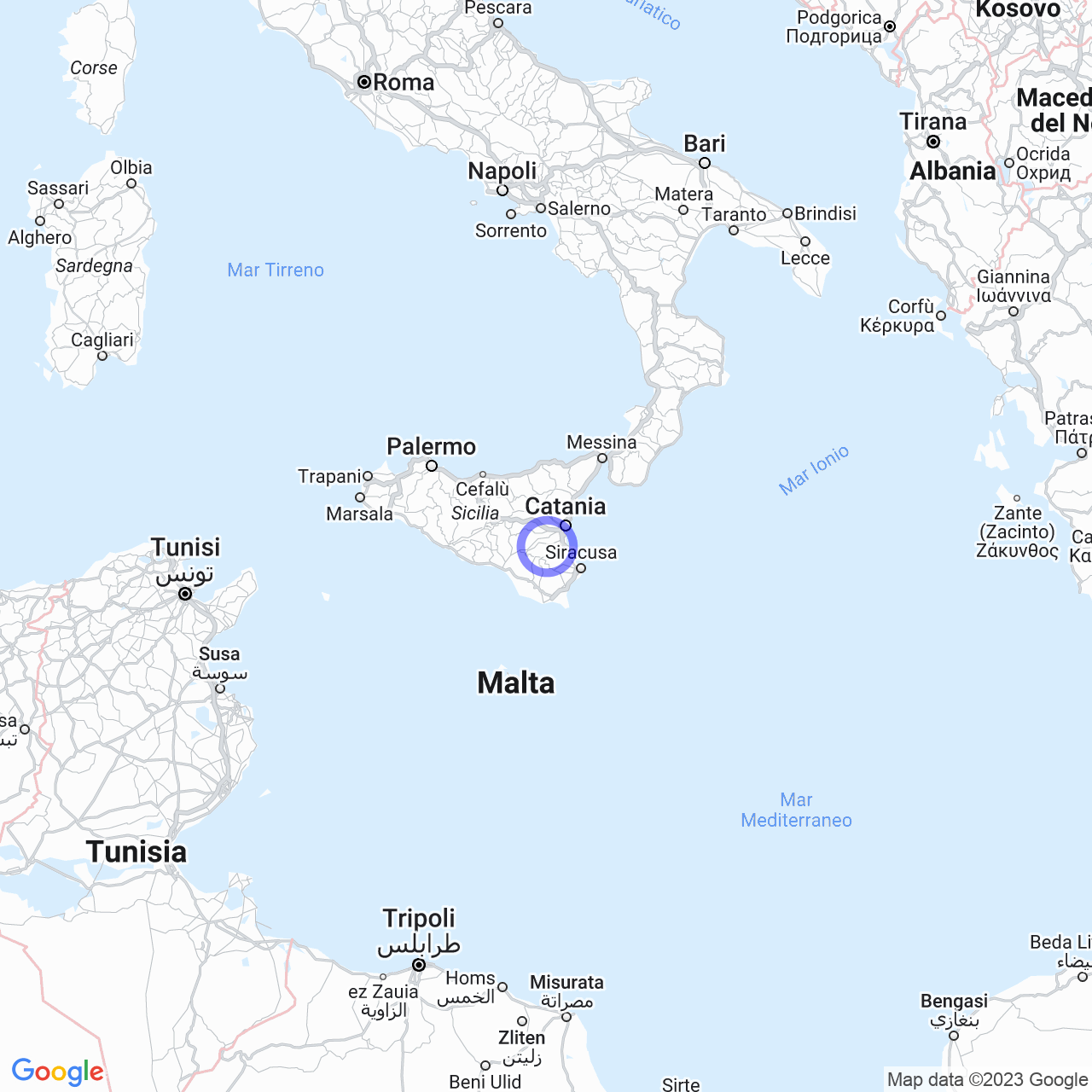Scordia
Welcome to Scordìa
Hello everyone! Today we will talk about Scordìa, a municipality in Sicily that you probably have never heard of, but I hope I can help you to get to know it a little better!
Located in the metropolitan city of Catania, Scordìa has 17,038 inhabitants and borders the municipalities of Lentini and Militello in Val di Catania, but is also close to Palagonia and Ramacca. The city is located at about 150 meters above sea level, although the Scordia station is located at 111 meters above sea level.
If you want to visit Scordìa, you can reach it by bus thanks to the Interbus company, which will take you to Catania and Militello in Val di Catania, or with the Molinaro company, which makes several trips to the municipalities of Calatino. Alternatively, you can arrive by train thanks to the Catania-Caltagirone-Gela railway. If you prefer air travel, Catania-Fontanarossa airport is only 28 km away.
But now let's take a look at the history and origin of the name of Scordìa!
Origins of the name
The name Scordìa has a very interesting history and it is not possible to say with certainty what its origin is. One of the most accredited theories is that which traces the name back to the Greek word ''skórdon,'' which means garlic. It is thought that the name derives from a ritual use of garlic that took place during the schiroforie and tesmoforie.
Another theory instead refers to the toponym ''Xuthia'' present in one of the works of Eschilo, an ancient Greek writer. This name would then have been latinized into ''Xuthia,'' from which the name Scordìa would later derive. In addition, the natural evolution of the spelling in Sicilian has led to the transformation of the name into ''Scurdìa.''

History
Scoridà has a history that dates back to the ages of bronze and iron thanks to the presence of the Sicani and Siculi in these areas. Over the centuries, the municipality was also inhabited by the ancient Greeks and Romans, who left important archaeological evidence.
The name Scordìa first appeared in official documents in the eleventh century, when it was conquered by the Normans. Later, it passed under the dominion of the Swabians, Angevins, and Bourbons, undergoing important transformations and enlargements.
During the Second World War, Scordìa was the scene of important events and battles, but in the end it managed to recover thanks to the tenacity of its inhabitants.
The municipal coat of arms
The municipal coat of arms of Scordìa depicts a golden crowned lion on a blue field. The lion supports with its front paws a red banner with a gold pole, charged with three gold six-pointed stars. The exterior ornaments include the use of a gold crown, laurel and oak branches, which respectively symbolize glory, victory, and strength.
What to see in Scordìa
If you decide to visit Scordìa, there are some really interesting things to see. First of all, you can visit the Norman castle of Scordìa, located in the heart of the historical center, which offers a panoramic view of the city.
In addition, you can visit the Mother Church of Scordìa, an eighteenth century church that houses important works of art, or the Convent of the Minor Friars, built in 1440 and rebuilt in the eighteenth century.
If you are lovers of art and culture, do not miss the Municipal Picture Gallery, where you can admire works by local artists and more.
Typical cuisine
Finally, but not least, the cuisine of Scordìa is absolutely delicious and rich in authentic flavors. Here are produced the famous green lemons of Syracuse, main ingredients of many delicious dishes, such as grilled swordfish or meat skewers.
In addition, do not miss the opportunity to taste the 'ncasciata pasta, a typical Sicilian dish made with baked pasta, beef, and sausage.
And with this we conclude our overview of Scordìa. I hope I have made you want to visit this small Sicilian town and provided you with some useful information to organize your vacation. Enjoy your visit!
